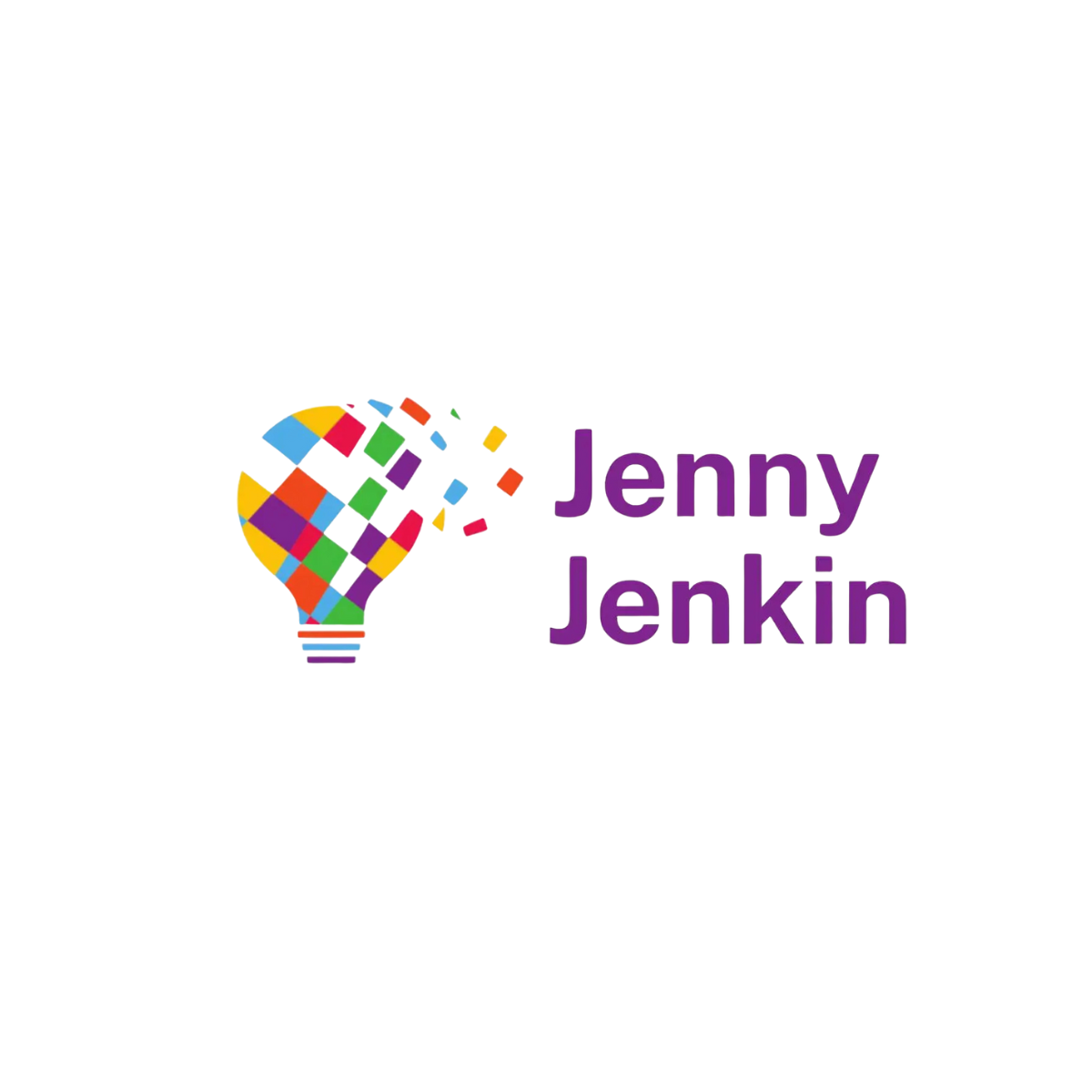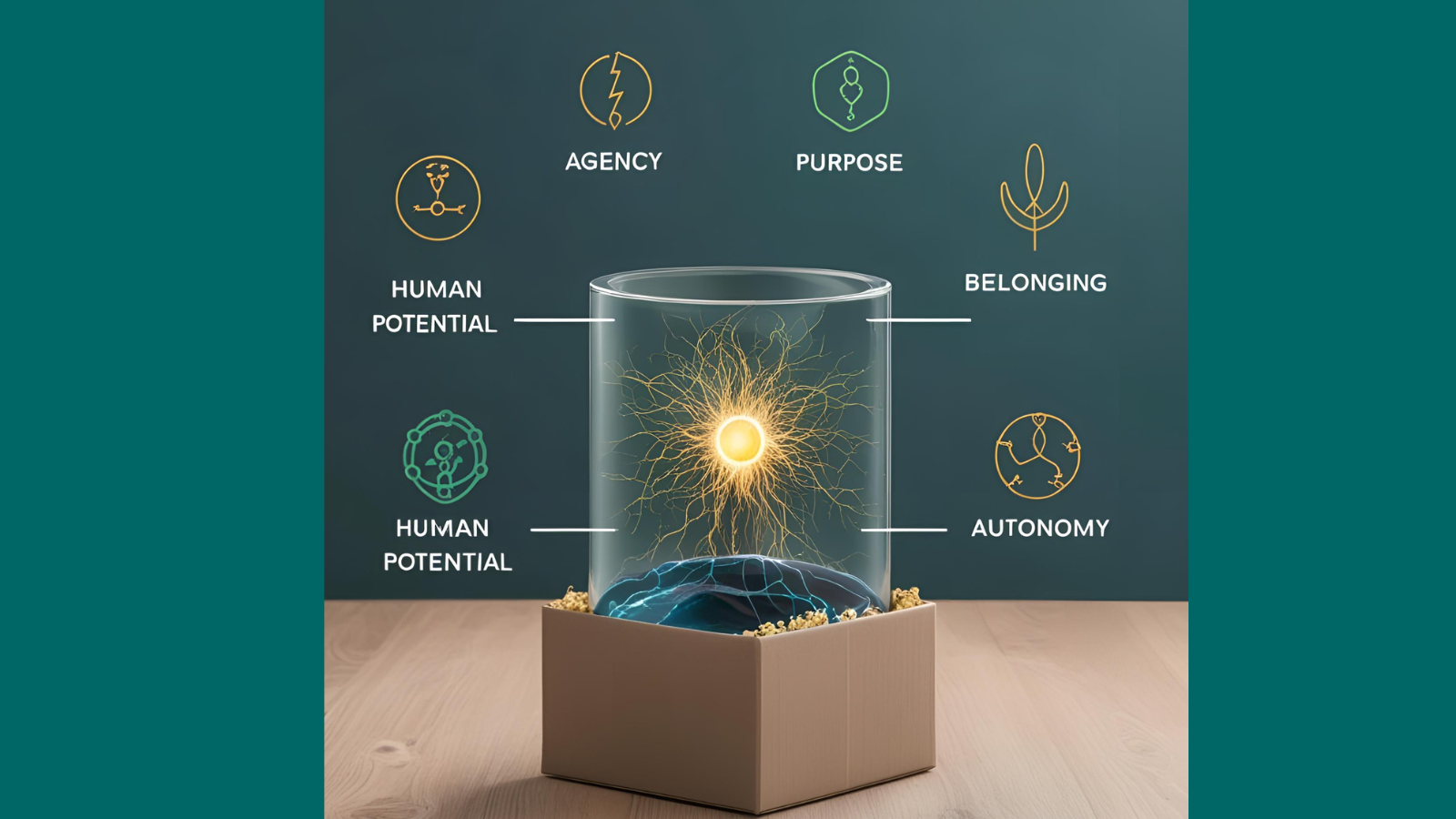1 Introduction
Amidst a maelstrom of financial shocks and wider societal change, UK Higher Education is undergoing significant transformation. The widely adopted response is classic restructuring based on centralised control.
Paradoxically, whilst there’s growing debate about human-centred approaches to leadership (characterised by servant leadership, authentic leadership), these approaches are rarely evident on our campuses.
In a recent workshop as part of the Advance HE Leadership Symposium, we explored this apparent disconnect and drilled into the chasm between how HE leaders see themselves and how their staff experience leadership.
The results of the Leadership Survey for Higher Education published in May 2023 by Advance HE reveals a divergence in institutional values. According to the survey outcomes, the values that drive individual leadership were community, learning, engagement and inclusion. Yet the experience of those being led indicated organisational cultures focused on efficiency, results, competitive standing and organisational sustainability. Inclusivity was at just 13% and wellbeing a mere 5%.
While leaders view themselves as collaborative, supportive and empowering, the lived experience within their institutions tells a different story – one of control, disconnection and an overriding focus on metrics and efficiency at the expense of human connection.
We followed our workshop with two LinkedIn polls, asking which leadership values were most challenging to maintain at this time in HE. The resounding top votes went to transparency at 44% and consistency in words and actions at 60%. These results chime with the ‘control’ model referred to earlier.
This values dissonance is more than just an interesting finding – it’s the Achilles’ heel of the sector at a time when it can ill-afford to be injured.
As one workshop participant articulated: “A big challenge in HE is risk aversion and a lack of courage in a very challenging period in the sector. Senior leaders recognise the need to make far-reaching changes, yet the discussions and activities that might contribute to making these changes are often clouded by a focus on maintaining ‘core’ business.”
This article explores how a human-centred approach to leadership and change could both narrow the gap in perceptions and, more importantly, help the sector to thrive beyond the current wave of crisis. We speak throughout about staff and leaders and make no distinction between different types of staff, contracts and so on. This is intentional, as the underpinning approach is based on a belief about what truly unleashes human potential. Beneath titles and structures, we are all simply people.
In this article, we set out how a four-dimensional model, bounded by an ‘organisational box’ could present an alternative range of options for HE leaders at all levels.
While the model sets out a theoretical and highly simplified approach, we believe that the underlying philosophy can be woven into a fresh approach to change in UK HE, recognising the significant complexities which pervade the sector – entrenched hierarchies, power imbalances, external forces, regulatory constraints, cultural barriers and geo-political tensions.
Our aim is to test this line of thinking with sector colleagues, to provide illustrations and case studies and to shine a light on what could be achieved when HE leadership prioritizes people at the heart. And in particular, to explore the barriers to moving from a control-based to a human-centred approach to leadership in a changing sector.
2 The Organisational ‘Box’ and the Energy Within
Imagine the HEI as a protective container, with creative energy at its core. The container’s boundaries represent clear direction – owned by leaders – that lock in distinctive purpose, shared vision, lived values and enabling systems.
Within these boundaries, the organisation’s true value is created through the talent, expertise and passion of its people.
In this model, initiated by Ashley Goodall (‘the Problem with Change’, Ebury Edge), HE leadership is characterised by the protection and maintenance of space for people to flourish so that they can do their best work. Leaders shield their teams from distractions and bureaucratic noise that would otherwise drain energy from meaningful activity, while channelling the necessary resources and support needed to all people to take their work forward seamlessly.
This approach requires genuine humility from leaders and a deliberate sacrifice of their own agency in service of the people at the heart of their organisations. In effect, it is a transfer of agency from leaders to the staff of the university. And that agency is central to the productivity, motivation and creativity of its staff.
This approach sounds obvious and aligns with leadership models debated in journals and conferences. Yet in reality, it remains countercultural in higher education. Despite rhetoric about servant leadership and collaboration, people experience leadership as controlling and restrictive – never more so than during crisis when ingrained industrial-era behaviours resurface.
3 The Four Foundations of Human-Centred Change
So, we invite you to imagine an HEI where leaders don’t direct every activity but instead create and protect the space where creative energy flourishes. Where the relationship shifts from “do what I say” to “how can I help you succeed?”
Drawing on insights from Ashley Goodall’s “The Problem with Change,” we propose an alternative model for how we might align institutional purpose with human potential; where leaders devolve power and give their people agency for how they operate.
There are four foundations for this human-centred approach to leadership and change:
3.1 Stable Direction, Flexible Execution
People need stable direction and purpose to thrive. When staff trust that institutional direction won’t change capriciously, they can focus energy on creative execution rather than second-guessing strategy.
One workshop participant shared: “I’ve seen it at the faculty level with a Dean really stepping back and letting people be creative but held back from doing more by requirements at University level.”
Another added: “My vision has never changed, but I’m in the middle management layer which means my own team thrive on this but I’m constantly battling for our position to those above me.”
When people have certainty, they can get on with the job without distraction, without fear of the future, without the sense that their work will be to no avail. And so, they generate their best and most creative output.
3.2 Natural Networks Over Rigid Hierarchies
As well as certainty, people need connection and belonging to thrive.
In most institutional structures and organograms, connection tends to be rigidly drawn and framed – committees, teams with hierarchies, departments bounded by shared budgets and so on.
Real connection, belonging and collaboration thrives not through rigid hierarchies but in with fluid networks that foster innovation and genuine connection.
When people have the freedom to form natural working relationships based on shared passions and complementary strengths, the resulting collaboration far outperforms mandated teamwork.
Central to this point is that higher education institutions are communities of knowledge, not production lines. Their strength and creativity lie in the connections between people who are passionate about their work.
3.3 Intrinsic Motivation Over External Rewards
How do we enable and inspire our staff to bring their best selves to work? How do we retain talent?
Extrinsic rewards – pay, bonuses, benefits, rewards – have dominated for generations. However, there is a growing cognitive recognition that such ‘carrots’ do not truly motivate, inspire and engage. Money alone was never a prime motivator. People are driven by job fulfilment and purpose, meaning, connection, opportunities to grow and make an impact. They want to belong, feel seen, valued and trusted.
Extrinsic factors and rewards will remain important; however, people are more creative when they are motivated by the challenge of the work itself. They perform best when they satisfy their intellectual curiosity, learn new skills and have fun. In HEIs, staff are motivated by their discipline, by their research impact and by making a difference to the student journey.
Within large bureaucratic systems and structures, how can a leader ensure that their people remain engaged? If we want to motivate our staff, we need to understand what they really value; and of course, the answer is that it differs for each individual.
At the higher level, what truly engages people are intrinsic motivators: purpose, autonomy, mastery and connection. (Deci and Ryan 1985)
So what can leaders at all levels do?
- Connect work to purpose: People feel more engaged when they understand the impact of their work. Leaders can help their people see how their work contributes to the bigger picture.
- Give autonomy: autonomy signals trust and boosts ownership. Leaders can offer flexibility in how work is done.
- Facilitate mastery: learning and progress are key to long-term engagement. Leaders can foster a learning culture, job shadowing, mentoring, informal skills swops.
- Foster belonging and connection: make time for one-to-one conversations that go beyond task lists. Create small rituals, weekly check-ins, learning circles or space for peer recognition.
3.4 Trust-Based Culture
The final cornerstone of our model is fostering a trust-based rather than control-based leadership and organisational culture. Innovation is critical to enable institutions to flourish; innovation requires risk-taking, and people won’t take risks without trust in the organisation, in the people they are working for and with. As one participant noted, “It’s OK as leaders to fail; we need to demonstrate humility.”
Amy Edmondson’s work (Amy Edmondson ‘the Fearless Institution’) shows that psychological safety – believing one can speak up without fear – enables higher performance by creating conditions where errors become learning opportunities, diverse perspectives are valued, innovation flourishes, and problems are identified before becoming crises.
So how do we establish conditions for creating trust and psychological safety:
· Simply spending more time together socially – after COVID, we all craved that human connection.
· Sharing information – leaders are often reluctant to share information for fear of premature leaks, second guessing or dissention. However, being transparent signals that you trust your staff with the truth even in difficult circumstances.
· Ceding control – leaders need to adequately scope assignments, grant resource authority and not undermine it later. Ceding control also requires a certain tolerance for mistakes. Rather than taking harsh corrective action, treat employee mistakes as opportunities to facilitate learning.
· Investing in employee development – letting staff know that you are willing to invest in their potential and advocate for them – get to know their career aspirations and help them reach their goals.
4 Workshop Comments
Participants at our workshop represented a range of institutions and roles. They shared their experiences and insights of what they felt HE leaders need to do differently:
“Create a climate, time and space, with clear goals, where people can enact their agency and drive how things are done to meet our goals.”
“Leaders need to be open to people asking the difficult question/pointing out the elephant in the room.”
“You need a strong vision, strategy and purpose… we suggested devolving everything to faculties/schools… and be disruptive… our research is disruptive, but as academics move into management, they become super conservative…”
“A big challenge in HE is risk aversion and a lack of courage in a very challenging period in the sector. Senior leaders recognise the need to make far-reaching changes, yet the discussions and activities that might contribute to making these changes are often clouded by a focus on maintaining ‘core’ business…. I’d like leaders to listen to the people at the coal face of our external engagement and trust their feedback and insight in terms of where our real opportunities are. Once we’ve achieved that, we can start leading REAL change that will benefit our institution in the future and the people within it.”
5 Next Steps – Continuing the Conversation
Jenny Jenkin
Leadership coach, consultant, facilitator
Pareto Thinking
jennyjenkin@paretothinking.com
Caroline Dunne
Change . Coaching . Consulting
May 2025t.





